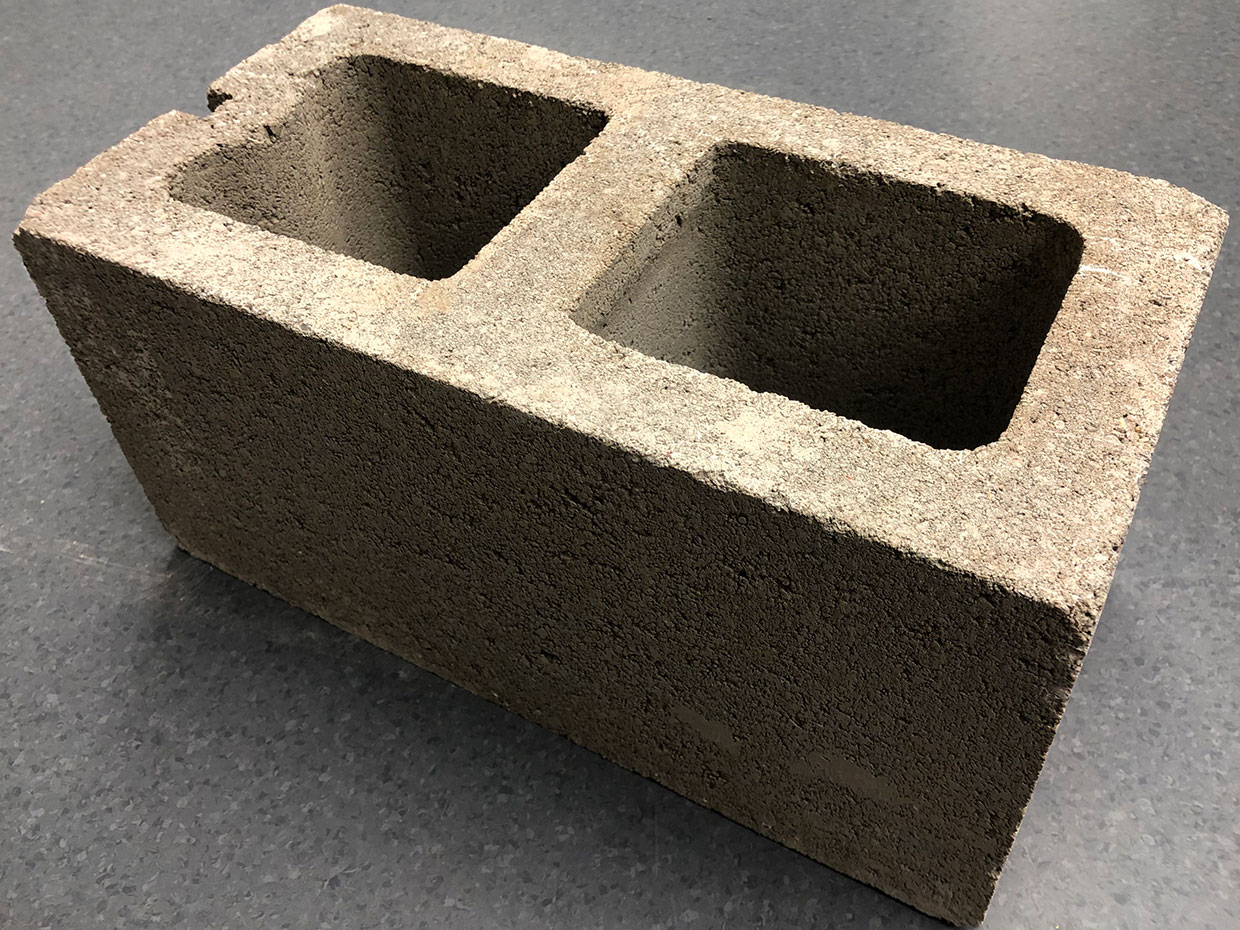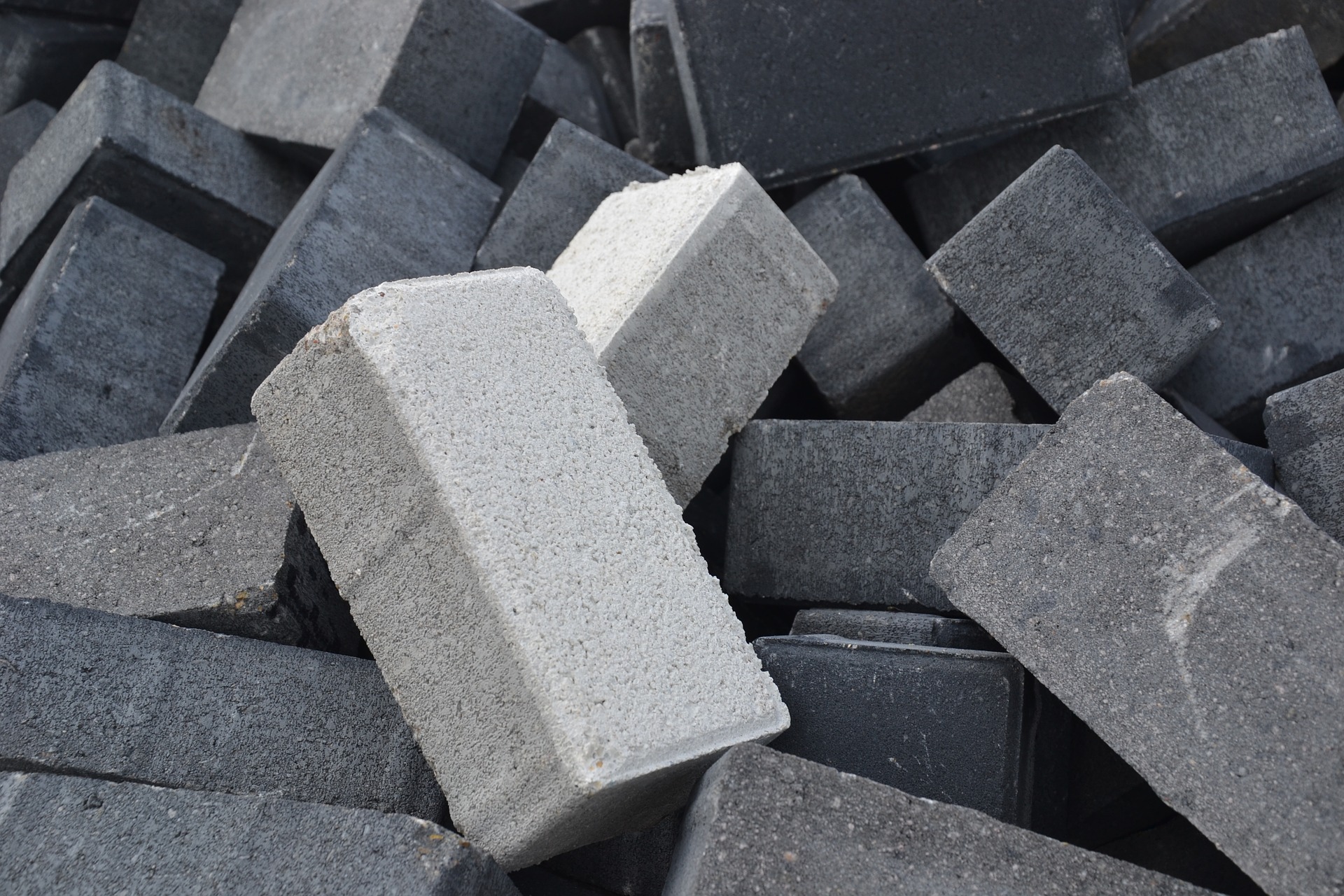Carbon dioxide is a gas pollutant that has been torturing us for ages now. It is a long-lived greenhouse gas that stays in the atmosphere for a long time, capturing Sun’s radiation and warming the planet. We emit it through our metabolization and respiration, fermentation, and by combusting organic material such as coal, peat, natural gas, and petroleum. Long story short, we still unleash a lot of it out in the atmosphere although we should be actively trying to capture what is already there.
A team of researchers from the University of California has developed a novel method to create concrete bricks by using waste carbon dioxide. The team believes that they can siphon tons of CO2 from power plants and create perfectly usable concrete. This way, instead of having the greenhouse gas burdening the atmosphere even more, we’ll get the materials to build something with it. Because we’re dealing with such an abundance when it comes to carbon dioxide, if we find a way to re-purpose it into something useful, a market the size of trillions could be formed quickly.
Producing cement via conventional methods, ie, heating limestone mixed with other materials is actually a procedure that releases significant amounts of CO2 gasses. Since we’re still using humongous amounts of cement in construction (about 4 billion tons per year), this industrial sector alone is responsible for about 8% of the carbon dioxide that is released yearly into Earth’s atmosphere. That said, researchers are proposing something that won’t just re-purpose the current CO2 emissions, but will also reduce them.

A concrete block made using UCLA’s carbon-to-concrete system. Photo: UCLA/CO2Concrete
Finally, the team’s method of capturing the carbon dioxide doesn’t involve anything sophisticated, so it’s not expensive. The researchers are now hoping to win the Carbon XPrize, and invest the $7.5 million prize into commercializing their technology.






